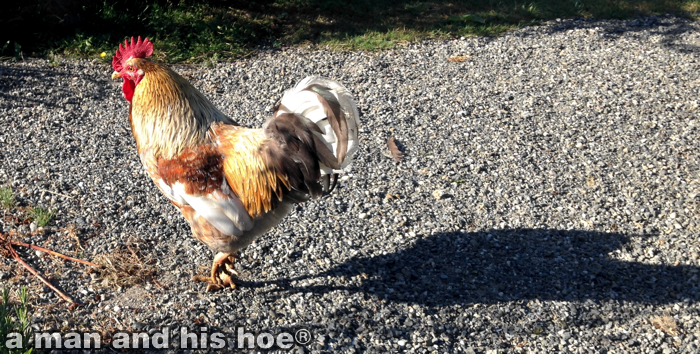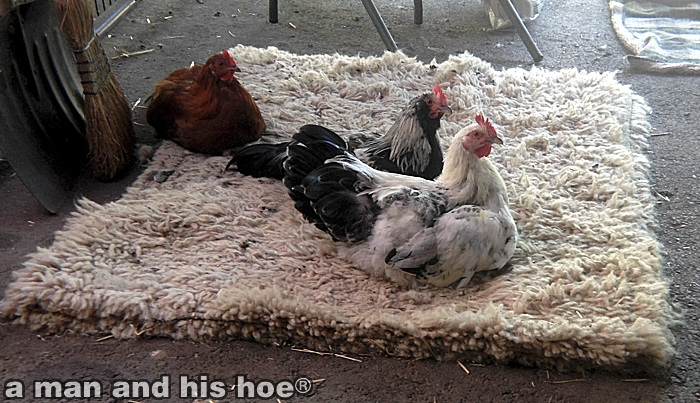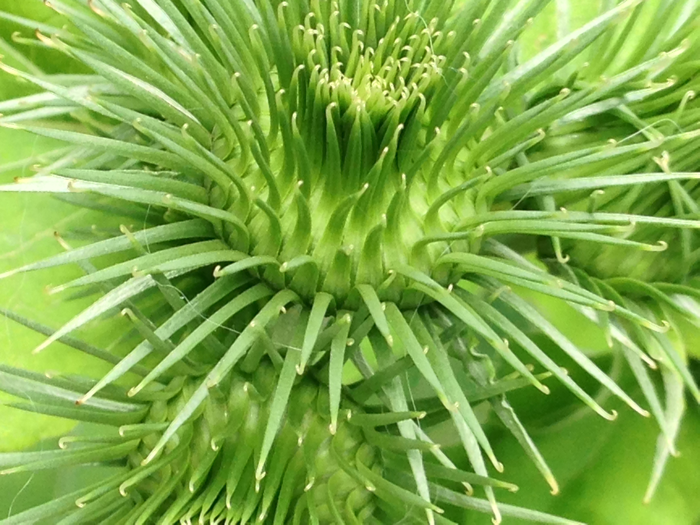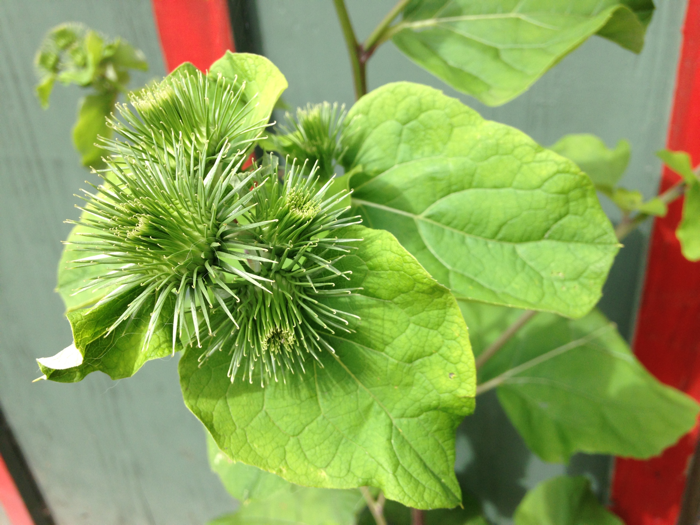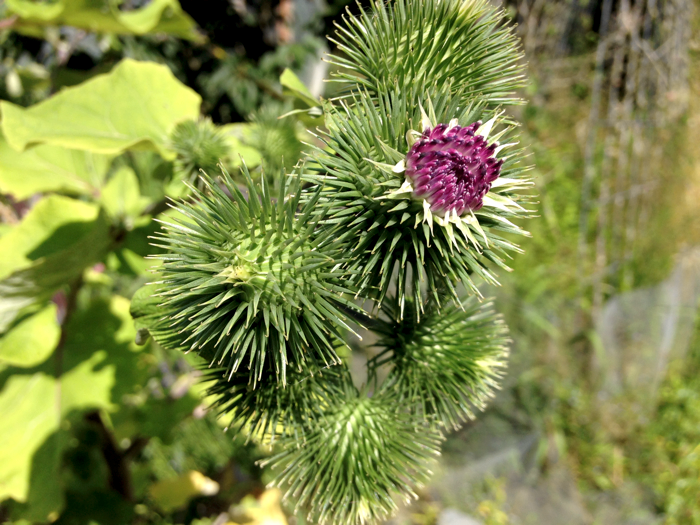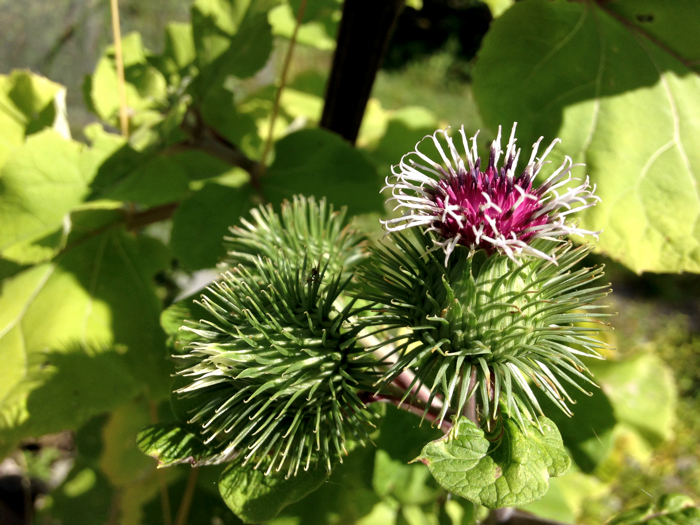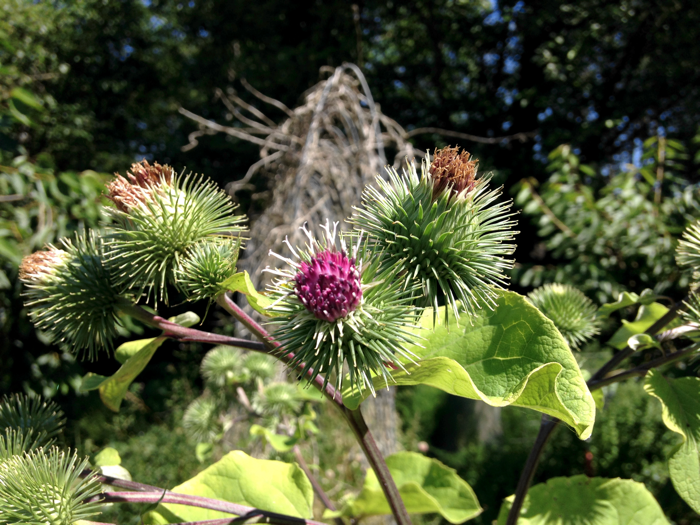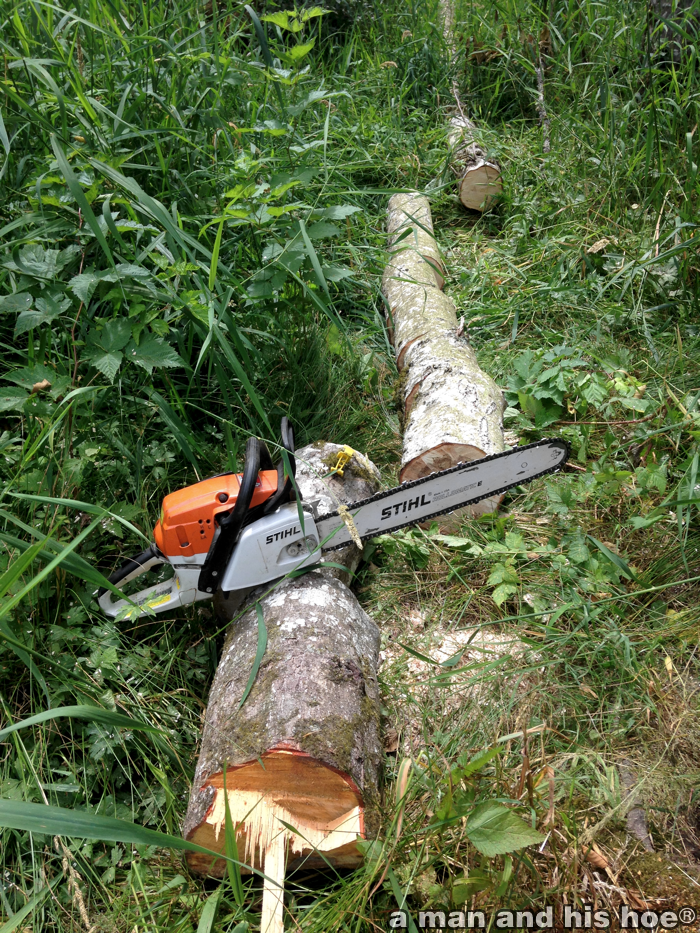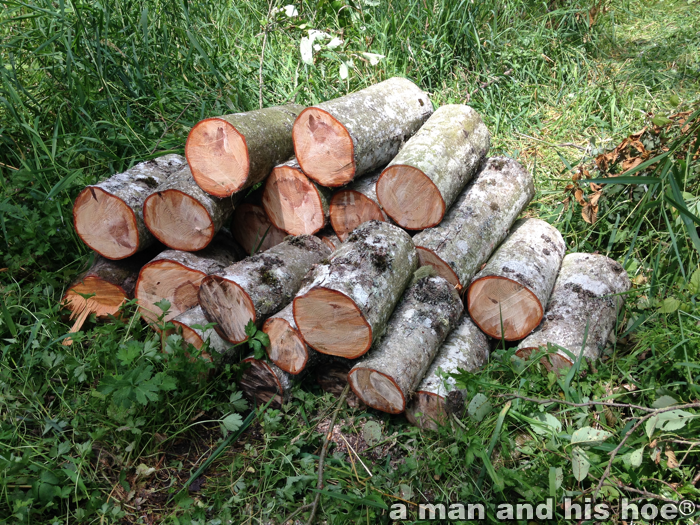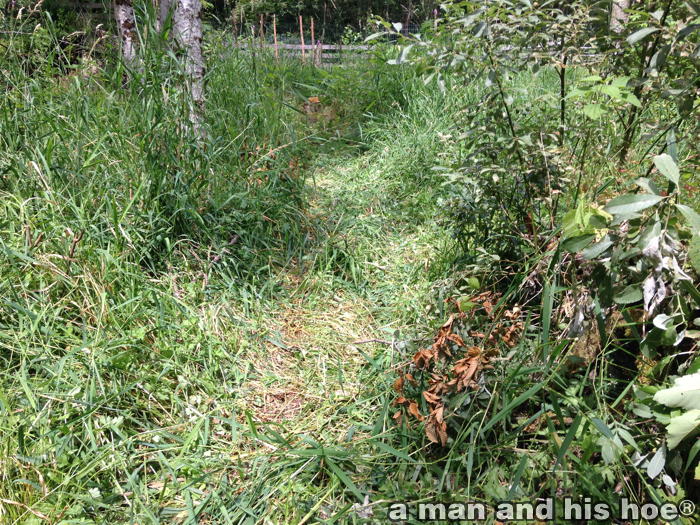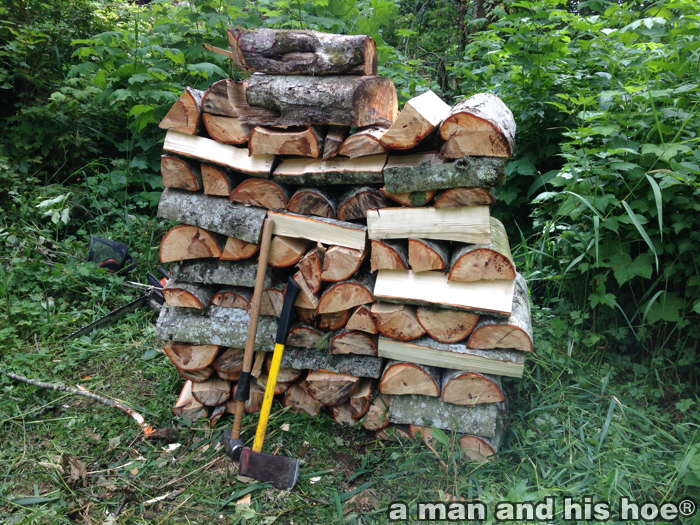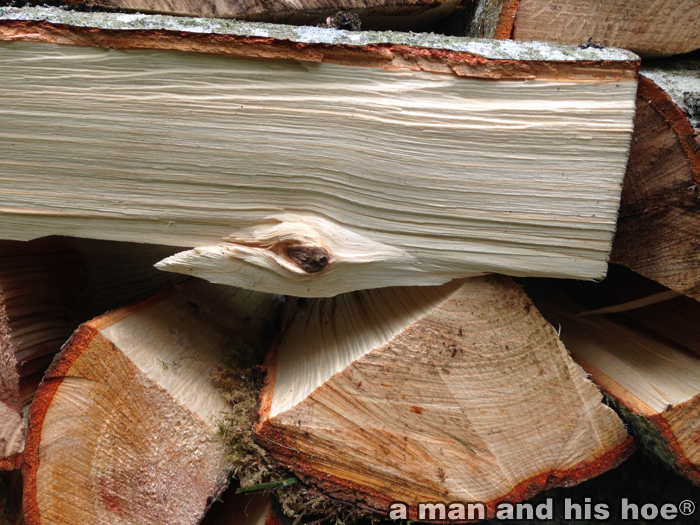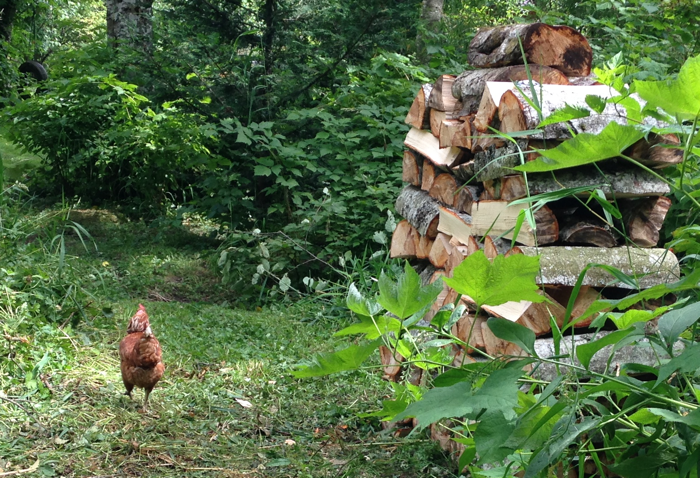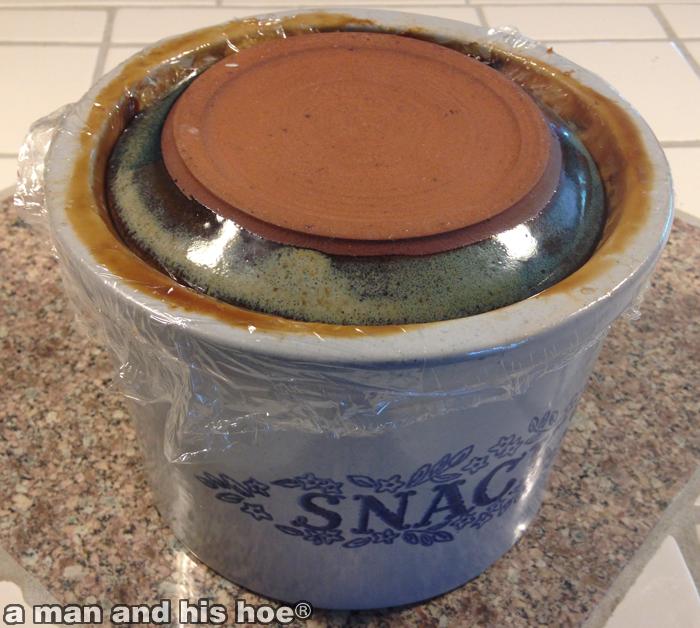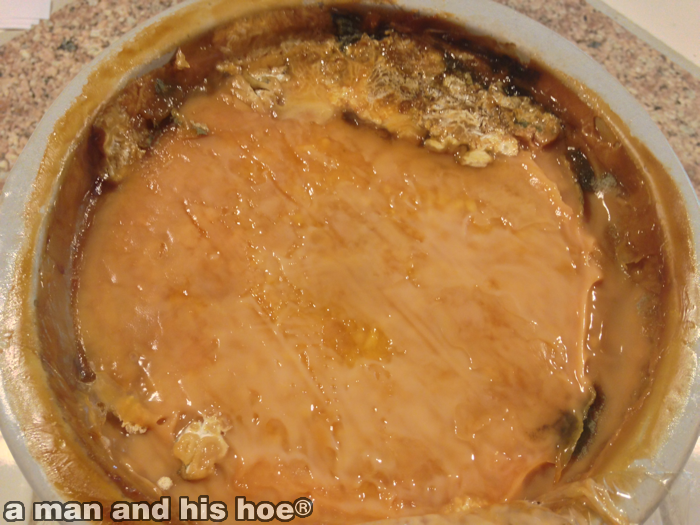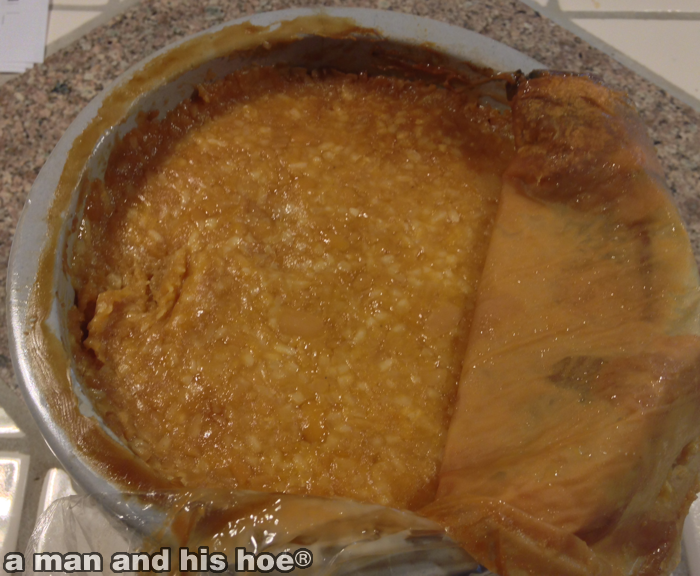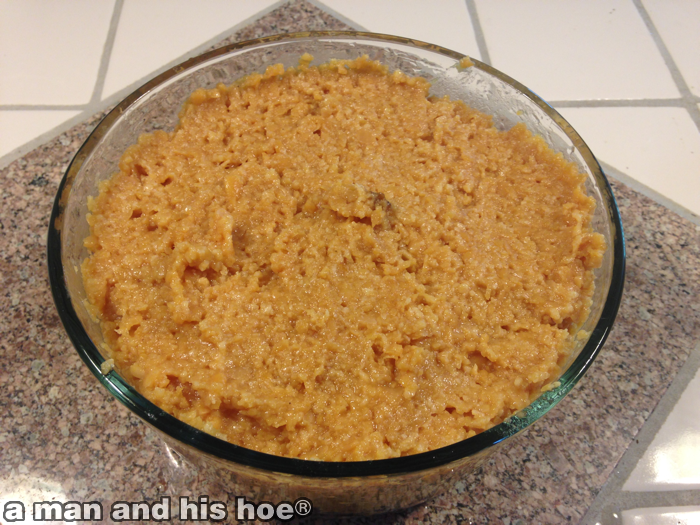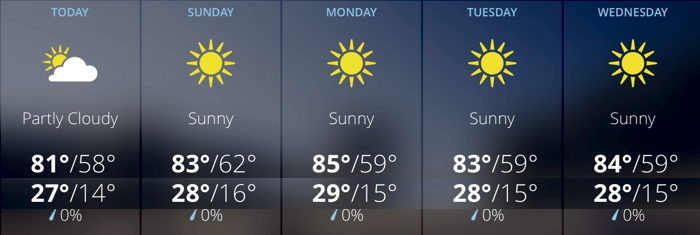
Many of you will laugh at our heat wave, but this long a stretch of days above 80ºF (26.7ºC) is so unusual. I looked through the 2003 to 2014 weather records, the last twelve years, and this is the first time we’ve had more than four days in a row with highs 80ºF or higher. Yesterday it was 82ºF and it is supposed to be above 80ºF on Thursday. If that happens, that will be seven days in a row. In just four out of the last twelve years have there been stretches of 80ºF days lasting four or more days. In August 2010, there were five days in a row above 80ºF. In August 2008 and July 2006 there were four days in a row above 80ºF. In most years there are just a handful of days all summer when it gets above 80ºF.
If it is this warm in the first half of July, I wonder what it will be like in August, normally our warmest month. This year will be a banner year for beans and squash.
UPDATE July 14, 2014: The temperature only got up to 78.6ºF (25.9ºC) today, so our streak of 80º days only lasted three days. No record breaking heat wave this week.
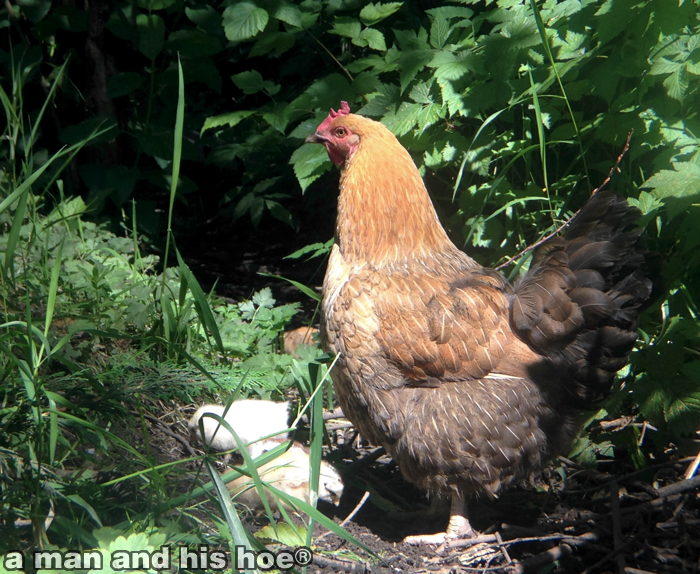
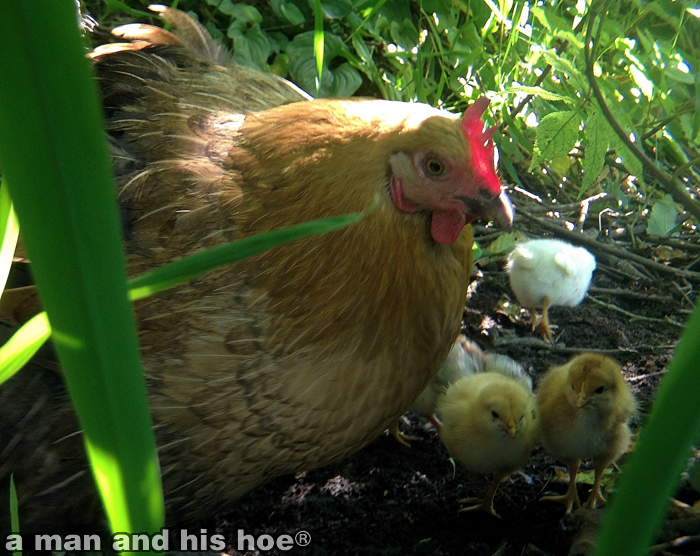
This mother hen is finding plenty of things for her five day old chicks to eat in the dry creek beds. Water flows through these creeks from November through April. They dry out by the end of June and are a favorite place for chickens to scratch for bugs. A little water doesn’t deter the chickens. They stay out of the creeks only when the water is deep and rushing.
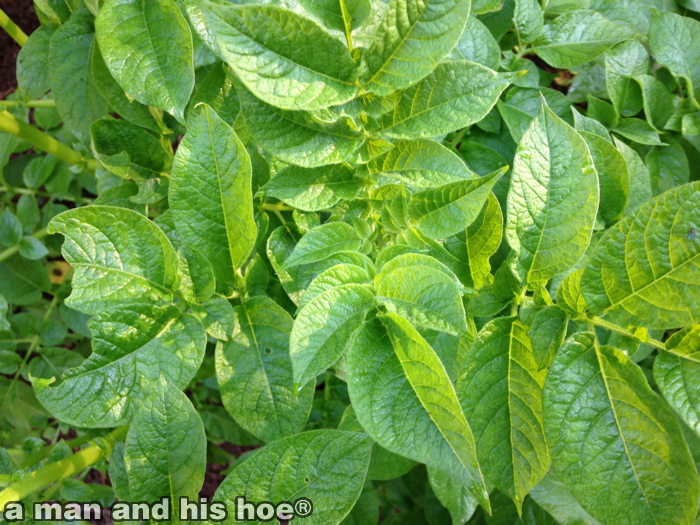
The potatoes are loving this sunny weather. They are beautiful plants. You can grow them in pots just for their foliage. If you’re living in an apartment with a balcony, a row of potato plants will provide plenty of greenery. They will get three to four feet tall. And when they bloom, their purple to pink to white blossoms are beautiful. In August, after providing you with greenery and flowers, they will reward you for planting them by producing three to eight wonderful potatoes to eat. Potatoes that you’ve grown without any pesticides, herbicides or fungicides.
Ten potato plants will produce from thirty to sixty potatoes. When picked fresh, while their skins are still paper-thin and delicate, you will enjoy potatoes so delicious you’ll wonder why you bother buying the ones they sell in stores.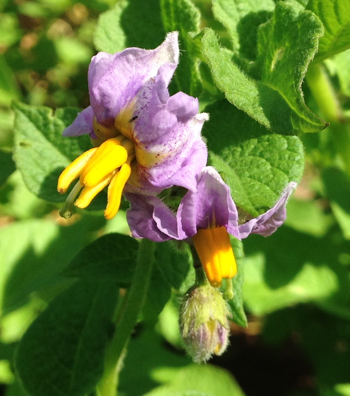
Supermarkets and big box stores aren’t designed to handle such delicate fare. They want produce that will ship easily and last. Potatoes with skin so thin that you can rub it off with your fingers, are out of the question.
If you want such quality, you have to grow them yourself or find a farmer who will grow them for you. Look around. Ask your farmer at your farmers market that you want fresh, new potatoes with paper-thin skin that take just a few minutes to cook. You might have to pay three to four dollars a pound for them, but you’re paying that much for a latté anyway. Better to spend it on a pound of the world’s most delicious potatoes.
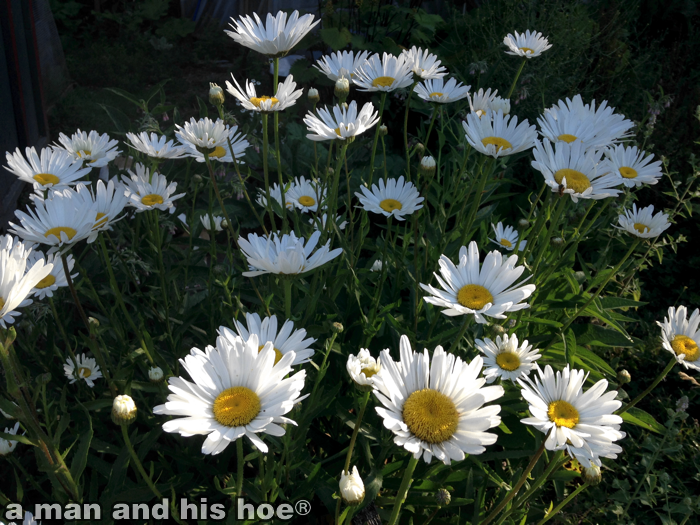
The Shasta daisies are in full bloom, feeding the many wild bees which make their home here. Daisies are composite flowers. They aren’t a single flower. Their yellow centers are clusters of hundreds of tiny flowers, which provide bees with nectar and pollen.
Sven, our Swedish Flower Chicken rooster, sparkles in the morning sun. Is he aware that this is a record setting heat wave? The last week, he’s been having a feast gorging on falling raspberries, and telling as many hens as possible where they are. The chickens get their share of the fruit which grows at a man and his hoe®. They deserve good things too.
